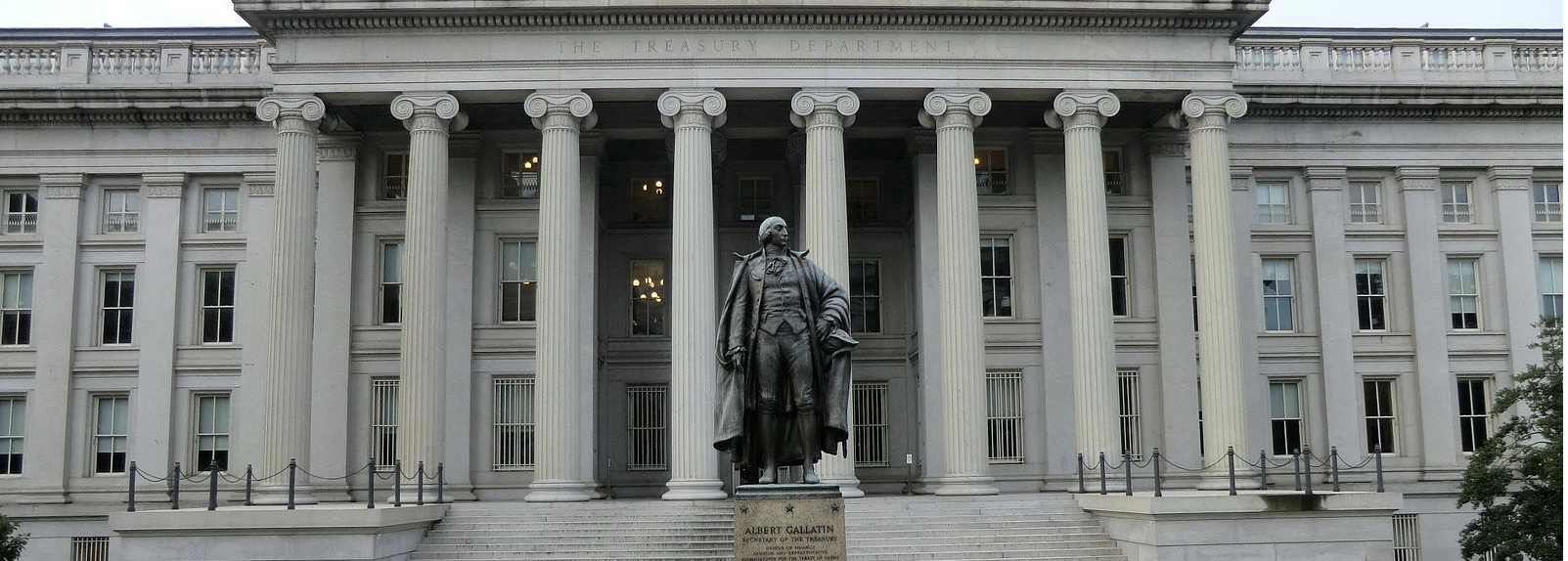This blog post is an excerpt from our recent e-book, Creating an Intelligent Government With Data. To download the resource, head here.
The federal government spends almost $500 billion a year on its contracts and nearly $4 trillion overall — numbers so large that they’re almost abstract.
It’s obviously a lot of money, but for citizens who are interested in what the government is spending, it can be hard to wrap their heads around those figures or what they might be going toward.
It’s with those curious citizens in mind that the Treasury Department’s Bureau of the Fiscal Service leans into data for transparency, efficiency, and better decision-making. To learn more about how, GovLoop interviewed Justin Marsico, Deputy Assistant Commissioner and Data Executive at the Bureau of the Fiscal Service.
This interview has been lightly edited for clarity and brevity.
GOVLOOP: How are you using data and analytics to guide decisions at the Bureau? Do you have examples of how data supports the mission of your agency?
Marsico: So, when I think about data and Treasury, the first thing that comes to mind is the fact that Treasury sits in some ways in the center of the federal government, because we’re the financial managers for the rest of the government. And at the heart of that financial management activity is data. Every piece of information that is made about an agency’s spending, whether it’s contracts, grants, or, or spending money out of their salary and expense accounts — all of those decisions are driven by data that’s kept at the agency and verified at, at Treasury.
And, so from the most simple and straightforward way possible, to us, data is the thing that allows us to know that we can pay our employees, or we can pay our contractors, or we can afford to keep the lights on here at the agency. So data allows us this very basic level function of financial service that Treasury provides for agencies around the government. That’s our mission, and that mission rests on the concept of having sound, reliable data that reflects the truth to the best extent that we can.
The kind of next level up from that is, when we start thinking about all of that data that exists, and the ways that we’ve used it historically, to answer those kind of initial level questions that we want to have answered, like, “Can we afford to do X, can we afford to do Y?” – well, because we’re collecting that data, we have the opportunity to use that data to be more strategic, and make more strategic decisions.
And in a nutshell, that’s the direction that the Treasury is hoping to lead the financial management community over the next decade. We want to move away from the kind of rote reporting or simplistic use of data, to a more strategic approach using data.
What might that look like? How does the data enable Treasury to make better decisions to better serve citizens?
So if you are a CFO in an agency, and you want to figure out how you can reduce cost by more efficiently making use of contracts, or by getting a better deal on your fleet of vehicles, if you’re not focused on just processing day to day transactions and understanding the impact of those no your system, you step back a little bit and, and look at those more strategic questions and do analytical work to determine whether you’re really getting the best value for the government out of whatever contracts you’re managing, or whether you’re using the resources that you have.
And what we’re trying to do is to create space for agencies to ask and to be able to answer those questions by taking away some of the more mundane and rote functions that, that CFOs tend to focus on. And what we’re trying to do over here in my team, is to look around the Fiscal Service at all of the data that we collect on financial management in the government, and figure out how we can improve it and do a better job connecting it, so we can allow agencies to do those things, so that we can take away the things that are boring and rote, and make them more routine by providing better data services to the rest of the government.
What do you think is the most important message about data and analytics in government that you’ve learned that you would want to share?
Start small, be iterative, be agile, and build as you go. If I step back and I think about all of the data quality issues that face my organization, or if I take a step back and think of all the different ways that I could standardize our data, or align it to different datasets across the organization, or if I think about how I need to take all of our data systems and immediately bring them together into one location, and make sure they’re interoperable, and all the software tools are available – there are just many roads like that are very difficult to go down, because the scope is so huge.
And it’s very possible that the project will lose steam before you actually reach the finish line, or worse, that you get to the finish line, and the world has changed under your feet, and the thing that you’re delivering is not really what’s needed anymore. So I guess my suggestion is always to just do something really small, and get people excited about it and get some wind in your sails, and keep, keep building and building and building.





Leave a Reply
You must be logged in to post a comment.